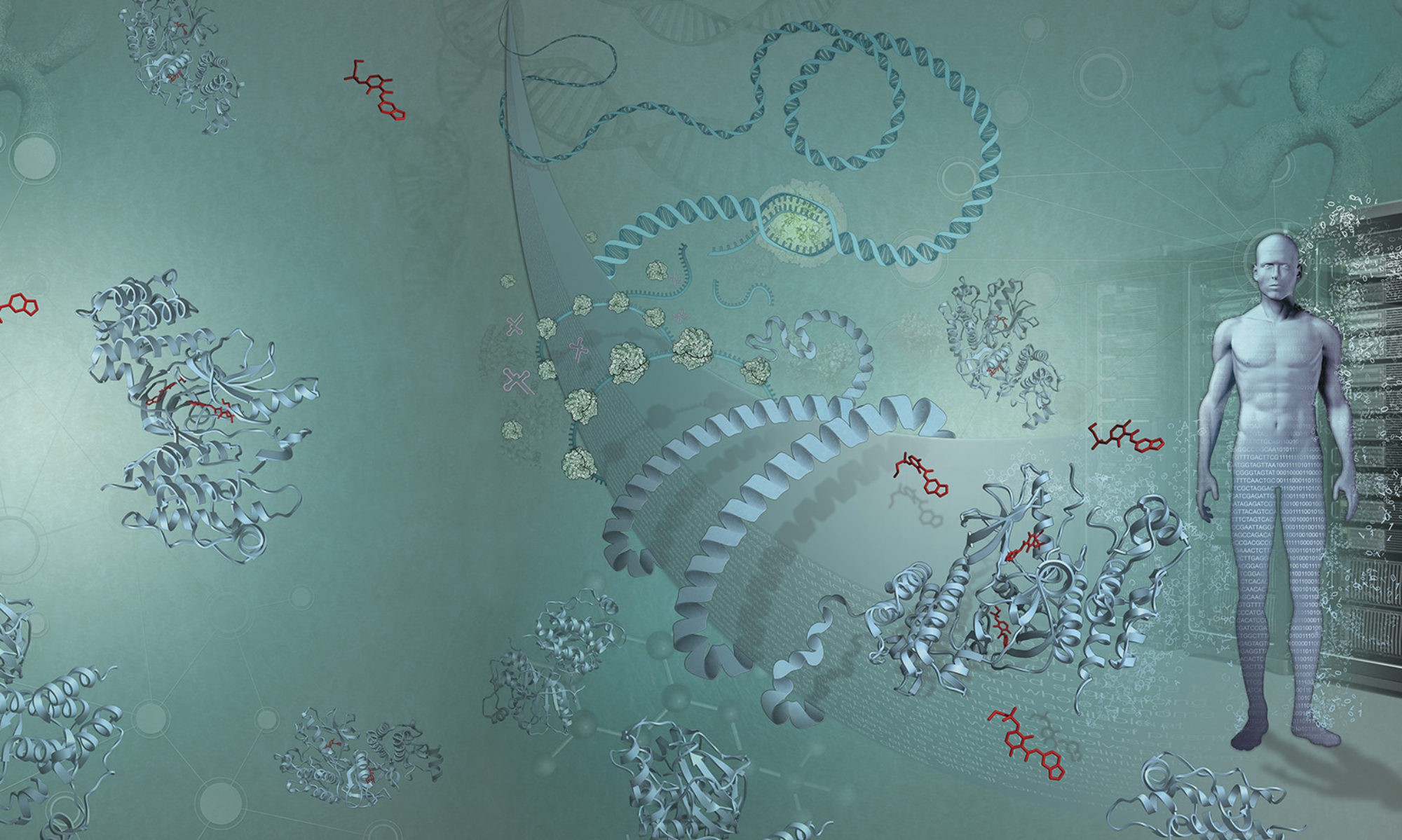My ninth genome of Christmas is a bit of an indulgence: the gentlemanly, diminutive Medaka fish, or Japanese rice paddy fish.
When Mendel’s laws were rediscovered in the 1900s, many scientists turned to local species they could keep easily to explore this brave, new world of genetics. In America, Thomas Hunt chose the fruit fly. Scientists in Germany explored the guppy and Ginuea pigs. In England, crop plants were the focus of early genetics. In Japan, researchers turned to the tiny Medaka fish, a common addition to many of the ornamental ponds maintained in Japanese gardens.
Continue reading “9th genome of Christmas: Medaka and friends”

